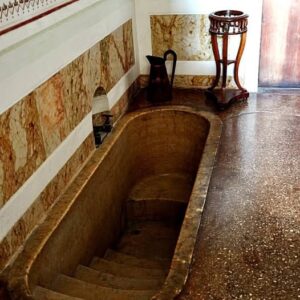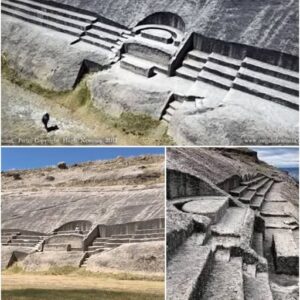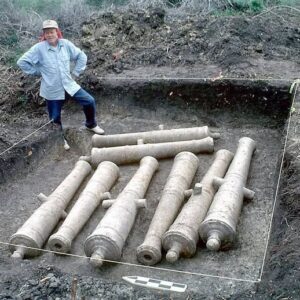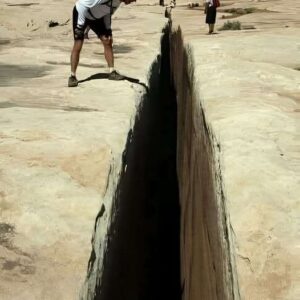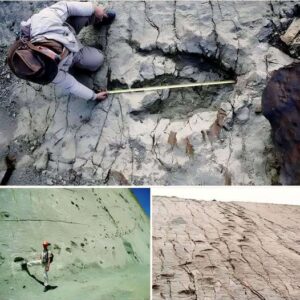In 1981, during an excavation at the 12th-century St Bees Priory Church in Cumbria, England, archaeologists unearthed a wooden coffin wrapped in lead. Inside lay the astonishingly well-preserved remains of a man who had passed away more than six centuries ago. This man was later identified as Anthony de Lucy, the 3rd Baron Lucy, known for his noble lineage and historical significance.
Upon examination, it was revealed that St Bees Man’s body was remarkably intact, with all organs preserved except for the brain. His physical state resembled that of a recent demise rather than one occurring six centuries ago. Notably, liquid blood remained in his chest cavity, and traces of his last meal, believed to be porridge and raisins, were found in his stomach.

The extraordinary preservation of St Bees Man’s body was attributed to a combination of a lead sheath and pine resin-coated shrouds. The lead sheet prevented moisture from seeping in, while the resin created an environment devoid of oxygen, inhibiting bacterial growth. Dr. John Todd explained that this process led to the transformation of body tissues into fatty acids, preserving them and preventing decay.
The cause of St Bees Man’s death was determined to be a hemothorax, likely caused by a broken rib piercing his lung, possibly sustained during a battle. Evidence of a broken jaw in two places further indicated a violent end. Following the autopsy, St Bees Man was respectfully reburied at his original resting place.
During the excavation, the skeleton of a female was discovered alongside St Bees Man, believed to be his sister, Maud de Lucy. Their joint burial highlights the close familial ties and historical significance of the Lucy noble family.
The preservation of St Bees Man’s body offers a unique glimpse into medieval life and the practices of the time. This remarkable discovery not only sheds light on the life and death of a medieval nobleman but also underscores the significance of archaeological finds in unraveling history’s mysteries.
For further insights and visuals on St Bees Man, refer to the comment section below, where additional information and a link to an in-depth article are provided.
